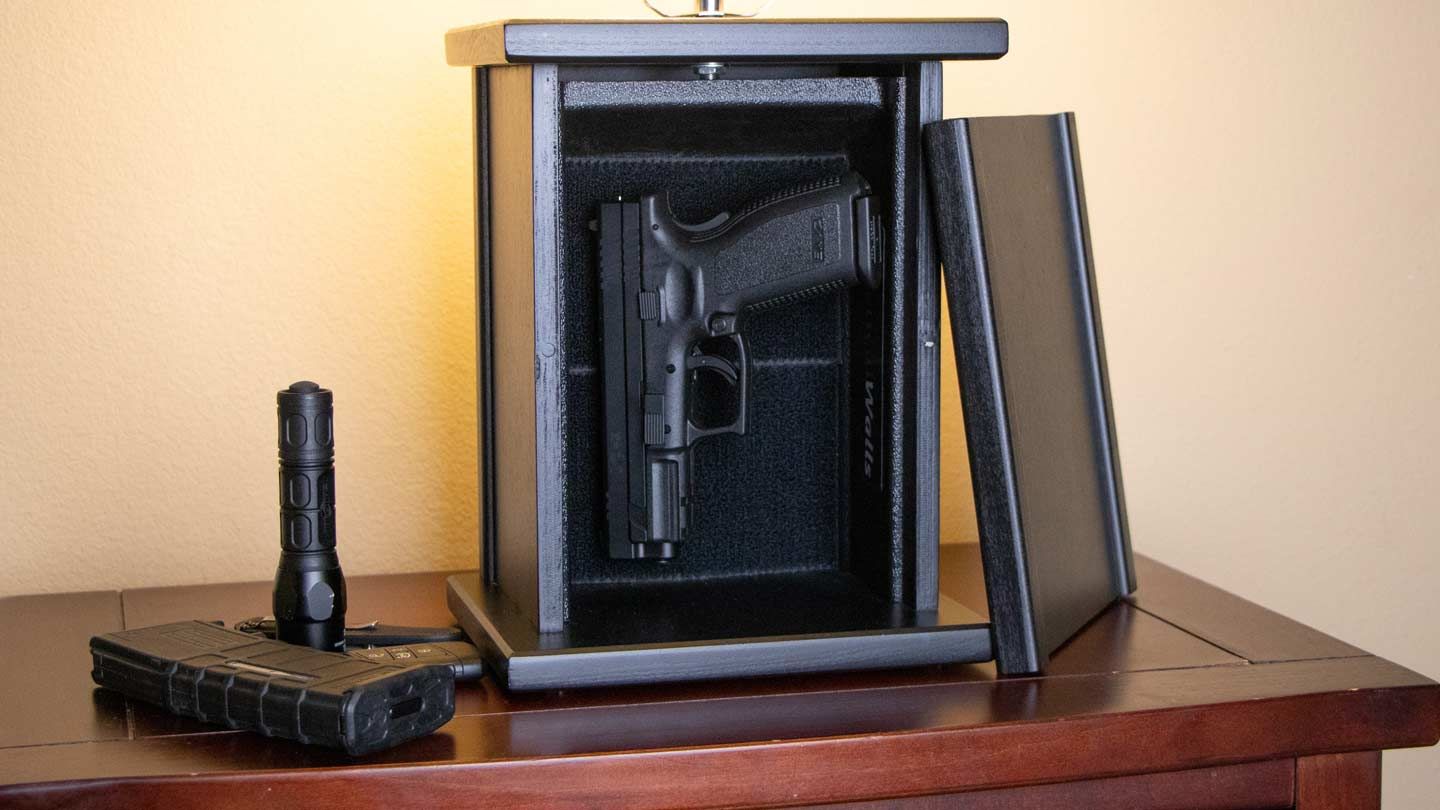

Articles
How To Store A Gun
Modified: February 26, 2024
Learn the proper way to store a gun with our informative articles. Discover essential tips and guidelines to ensure safety and security.
(Many of the links in this article redirect to a specific reviewed product. Your purchase of these products through affiliate links helps to generate commission for Storables.com, at no extra cost. Learn more)
Introduction
Storing firearms securely is of utmost importance for gun owners. Proper storage not only prevents accidental discharge but also helps deter theft and unauthorized access. Whether you are a seasoned gun enthusiast or a first-time gun owner, it is essential to understand the different options available for gun storage and the key factors to consider.
When it comes to storing a gun, there are several safe storage options to choose from. Each option offers various levels of security and accessibility. In this article, we will explore some of the most common methods of gun storage and discuss the important factors to consider when selecting the right storage solution for your needs.
Key Takeaways:
- Secure firearm storage involves finding the right balance between accessibility and security, ensuring quick access for authorized individuals while preventing unauthorized use and handling firearms responsibly.
- Understanding and complying with legal requirements for firearm storage, including proper ammunition storage, regular maintenance, and adherence to best practices, is crucial for responsible gun ownership and community safety.
Read more: How To Store Guns
Safe Storage Options
When it comes to safely storing a gun, there are several options available. Each option provides different levels of security and accessibility to suit various individual needs. Let’s take a closer look at some of the most popular safe storage options:
- Gun Safes: Gun safes are designed specifically to store firearms securely. These safes are made of heavy-duty steel and feature strong locking mechanisms, ensuring that only authorized individuals can access the firearms inside. Gun safes come in different sizes and designs, ranging from compact pistol safes to large vault-style safes capable of storing multiple rifles and handguns.
- Lockable Gun Cases: Lockable gun cases provide an excellent portable storage solution. These cases are generally made of durable materials such as hard plastic or metal and feature secure locks. They are ideal for transporting firearms safely while ensuring they are protected from accidental discharge and unauthorized access.
- Trigger Locks: Trigger locks are simple yet effective devices that provide an additional layer of security for firearms. These locks attach directly to the trigger mechanism, preventing anyone from pulling the trigger. While trigger locks are not a standalone storage solution, they can complement other storage methods and act as an added safety measure.
- Fingerprint Recognition Safes: Fingerprint recognition safes utilize advanced biometric technology to allow quick and secure access to firearms. These safes require the user to register their fingerprint, and only those with authorized fingerprints can unlock the safe. Fingerprint recognition safes provide convenient access while ensuring the highest level of security.
- Hidden Gun Storage: Hidden gun storage solutions are designed to conceal firearms in plain sight. From disguised furniture pieces to wall-mounted concealment systems, these storage options offer a discreet way to keep firearms secure. However, it is crucial to ensure that hidden storage solutions still provide quick and easy access to authorized individuals.
When deciding on a safe storage option, it is essential to consider factors such as accessibility, security, and specific legal requirements. Next, we will discuss these factors in more detail to help you make an informed decision when storing your firearms.
Gun Safes
Gun safes are considered one of the most secure storage options for firearms. These safes are specially designed to provide maximum protection against theft, unauthorized access, and accidental discharge. Here are some key points to consider when choosing a gun safe:
- Security Features: Look for a gun safe with robust security features such as heavy-duty steel construction, pry-resistant doors, and advanced locking mechanisms. The safe should also have a UL (Underwriters Laboratories) rating to ensure its reliability.
- Size and Capacity: Consider your current and future needs when selecting the size and capacity of the gun safe. It should have enough space to accommodate your firearms, ammunition, and any other valuables you wish to secure.
- Fire Protection: Look for a gun safe that offers fire protection. Fire-resistant safes are designed to withstand high temperatures and protect the contents inside for a specified amount of time. Check the fire rating to ensure it meets your requirements.
- Bolt-down Capability: A gun safe that can be securely bolted to the floor or wall offers an added layer of security, as it reduces the risk of the safe being easily removed or stolen.
- Organizational Features: Consider the internal layout of the gun safe. Look for adjustable shelving, rifle racks, and door organizers to help you organize your firearms and accessories efficiently.
It is important to remember that accessibility should not be compromised for the sake of security. Ensure that the gun safe you choose allows quick and easy access for authorized individuals. Consider factors such as locking mechanisms (electronic or mechanical) and the time it takes to unlock the safe in case of an emergency.
Additionally, familiarize yourself with any specific regulations or legal requirements regarding gun storage in your area. Some jurisdictions may have laws mandating the use of gun safes or specifying certain security standards to ensure responsible firearm ownership.
Investing in a high-quality gun safe is an essential step in ensuring the safety and security of your firearms. It provides peace of mind knowing that your guns are protected from theft, unauthorized access, and accidents. Remember to regularly inspect and maintain your gun safe to ensure its continued functionality and effectiveness.
Lockable Gun Cases
Lockable gun cases offer a portable and convenient storage solution for firearms. They are especially useful for individuals who frequently travel or need to transport their firearms. Here are some important factors to consider when choosing a lockable gun case:
- Durability: Look for gun cases made of durable materials such as hard plastic or metal. The case should be able to withstand rough handling, impacts, and environmental conditions.
- Secure Locks: Ensure that the gun case has a secure lock mechanism. Keyed locks or combination locks are common options for lockable gun cases. Choose a lock that provides reliable security and can withstand tampering.
- Internal Padding: Check if the gun case has sufficient internal padding to protect your firearms from scratches and damage during transport. The padding should be soft and non-abrasive to prevent any harm to the finish of your guns.
- Size and Capacity: Consider the size and capacity of the gun case based on the number and size of firearms you need to transport. Ensure that the case can accommodate your firearms, ammunition, and any accessories you may need to carry.
- Portability: Look for gun cases with ergonomic handles and possibly wheels for easy transportation. This is especially important if you need to carry the case for long distances or if it contains heavy firearms.
Lockable gun cases are designed to provide a secure means of transporting firearms while minimizing the risk of accidental discharge or unauthorized access. They offer a level of protection when you are on the move and need to keep your firearms safe.
When using lockable gun cases, it is important to ensure that the case is always locked when firearms are inside. Remember to adhere to any specific legal requirements regarding the transport of firearms in your area. Some jurisdictions may require firearms to be securely locked and stored in the trunk of a vehicle or another designated area.
Lockable gun cases are a versatile storage option and can also be used within your home as an additional layer of security. You can store your firearms in a locked case while they are not in use, providing an added measure of protection against unauthorized access.
Overall, lockable gun cases offer a practical solution for gun owners who need to transport their firearms safely and securely. Choose a case that meets your specific needs and provides the necessary level of protection for your firearms.
Trigger Locks
Trigger locks are simple yet effective devices that add an extra layer of security to firearms. They are designed to prevent the trigger from being pulled, rendering the gun inoperable. Here are some important points to consider when using trigger locks:
- Universal Compatibility: Look for trigger locks that are compatible with various types of firearms. They should have adjustable sizing or multiple adapters to fit different gun models.
- Easy Installation: Choose trigger locks that are easy to install and remove. The lock should securely fasten around the trigger guard without causing any damage to the gun’s finish.
- Durable Construction: Ensure that the trigger lock is made of durable materials that can withstand tampering attempts. Look for locks that are resistant to cutting or drilling.
- Key or Combination Lock: Trigger locks are typically available in key lock or combination lock variants. Consider which option is more convenient for you and ensure that you have easy access to the key or remember the combination.
- Additional Security Measures: While trigger locks offer an effective means of preventing accidental discharge, they should not be the sole method of gun storage. It is essential to combine trigger locks with other secure storage options, such as lockable gun cases or gun safes, to provide comprehensive security.
Trigger locks are a cost-effective and portable option for enhancing firearm safety. They are particularly useful when you need to store your firearms temporarily or when you want to add an extra layer of security when the gun is not in use.
Keep in mind that trigger locks are not a standalone storage solution. They serve as a supplement to other secure storage options. It is important to follow local laws and regulations regarding the use of trigger locks and ensure that you comply with any specific legal requirements pertaining to gun storage in your area.
Remember to always handle firearms with caution, even when trigger locks are in place. Follow proper safety protocols and educate yourself and others on firearm safety to minimize the risk of accidents or unauthorized access.
By utilizing trigger locks as part of your overall gun storage plan, you can take proactive steps to secure your firearms and promote responsible gun ownership.
Read more: How To Store Nerf Guns
Fingerprint Recognition Safes
Fingerprint recognition safes are a cutting-edge storage option that utilizes advanced biometric technology for secure access to firearms. Here are some key factors to consider when choosing a fingerprint recognition safe:
- Biometric Technology: Look for safes with reliable and accurate fingerprint recognition technology. The safe should be capable of storing multiple fingerprints, allowing authorized users quick and convenient access.
- User-Friendly Interface: Choose a fingerprint recognition safe with an intuitive user interface. The process of enrolling fingerprints and accessing the safe should be user-friendly and straightforward.
- Backup Access Options: Opt for a safe that provides backup access options such as key or keypad combinations. This ensures that you can still gain access to your firearms in case of any technical malfunctions or if fingerprints cannot be recognized.
- Quick Access: Fingerprint recognition safes are designed for quick access to firearms, especially in emergency situations. Confirm that the safe can be easily opened within seconds and that there are no delays or complicated sequences required.
- Security Features: Consider the overall security features of the fingerprint recognition safe. Look for attributes such as sturdy construction, pry-resistant doors, and additional locking mechanisms to deter unauthorized access.
Fingerprint recognition safes offer a high level of security while providing convenient and rapid access to firearms. The technology eliminates the need for traditional keys, combinations, or keys, reducing the risk of unauthorized use or lost keys.
It is important to regularly update and maintain the fingerprint data stored in the safe to ensure accurate recognition. This includes regularly cleaning the fingerprint scanner to remove any dirt or debris that may interfere with the scanning process.
While fingerprint recognition safes offer advanced security, they should still be used in conjunction with other storage options for added protection. Consider incorporating the use of lockable gun cases or gun safes to provide multiple layers of security and safeguard against theft or accidents.
Before purchasing a fingerprint recognition safe, research and compare different models to find one that meets your specific needs and offers the desired level of security. Familiarize yourself with any local laws and regulations regarding the use of fingerprint recognition safes and ensure that you comply with any legal requirements.
Investing in a fingerprint recognition safe enhances the overall safety and security of your firearms, allowing you to store them in a highly secure manner while providing convenient access to authorized individuals.
Hidden Gun Storage
Hidden gun storage solutions offer a discreet and unconventional approach to storing firearms, allowing them to be concealed in plain sight. Here are some important considerations when it comes to hidden gun storage:
- Concealment Options: Hidden gun storage solutions come in a variety of forms, including furniture pieces with hidden compartments, wall-mounted concealment systems, and other creative designs. Choose a concealment option that seamlessly integrates into your home decor and provides easy access to your firearms.
- Accessibility: While hidden gun storage offers a level of secrecy, it is crucial to ensure that access to the firearms is quick and easy for authorized individuals. Consider options that provide convenient and reliable access, such as magnetic locks or quick-release mechanisms.
- Security: Hidden gun storage should still prioritize security and prevent unauthorized access. Look for concealment solutions that offer locking mechanisms or additional security features to protect your firearms from theft or accidental access.
- Construction and Durability: Ensure that the hidden gun storage solution is well-constructed and made of reliable materials. It should be sturdy enough to withstand regular use and provide long-lasting durability.
- Legal Considerations: Familiarize yourself with any legal requirements or regulations regarding hidden gun storage in your area. Some jurisdictions may have specific laws regarding concealed firearm storage, such as the need for a separate lock or warning signs.
Hidden gun storage solutions offer a unique and inconspicuous way to secure your firearms while keeping them easily accessible. They provide an added layer of protection by concealing your firearms from potential intruders or unauthorized individuals.
It is important to choose a hidden gun storage option that suits your specific needs and preferences. Consider the size and number of firearms you wish to store, as well as the available space in your home. Ensure that the hidden storage solution seamlessly blends into your environment, preventing anyone from suspecting its purpose.
Remember to regularly inspect and maintain your hidden gun storage solution to ensure its functionality and reliability. Regularly check for any wear and tear and make any necessary repairs or adjustments.
While hidden gun storage offers secrecy and a level of discretion, it should not compromise safety or accessibility. It is crucial to educate yourself and other authorized individuals on the location and operation of the hidden storage solution to ensure quick and efficient access when needed.
By incorporating hidden gun storage into your firearm storage plan, you can maintain the security and peace of mind you desire while adding a unique and intriguing element to your home decor.
Store your gun in a secure and locked gun safe to prevent unauthorized access. Keep ammunition locked away separately. Regularly inspect and maintain your gun to ensure it is in good working condition.
Important Factors to Consider
When it comes to storing firearms, there are several important factors to consider to ensure the safety and security of your guns. Let’s explore these factors in detail:
- Accessibility vs. Security: Finding the right balance between accessibility and security is crucial. While you want to ensure quick access to your firearms in case of self-defense or emergency situations, it is equally important to prevent unauthorized access and handle firearms responsibly. Consider your personal needs and circumstances when deciding on the level of accessibility and security you require.
- Legal Requirements: Be aware of any local, state, or federal laws and regulations regarding gun storage. Some jurisdictions have specific requirements for storage methods, such as mandating the use of gun safes in certain situations or the need for separate locks. Familiarize yourself with these requirements and ensure compliance to avoid any legal repercussions.
- Proper Ammunition Storage: It is crucial to store ammunition separately from firearms. Invest in secure and separate storage solutions, such as lockable cabinets or safes, to prevent unauthorized access to ammunition. This helps reduce the risk of accidents and unauthorized use of firearms.
- Regular Maintenance: Regularly inspect and maintain your storage options to ensure their effectiveness. This includes checking for signs of damage, confirming proper locking mechanisms, and cleaning and lubricating as necessary. Regular maintenance helps ensure that your storage solutions remain in good working condition and provide the necessary level of security.
By considering these important factors, you can make informed decisions when it comes to storing your firearms. Remember that responsible firearm ownership includes not only safely storing your guns but also educating yourself and others about proper gun handling and safety protocols.
Choosing the appropriate storage method and following best practices for gun storage provide peace of mind, knowing that your firearms are secure, protected, and out of reach from unauthorized individuals. Responsible storage is an essential component of gun ownership, ensuring the safety of yourself, your loved ones, and the broader community.
Accessibility vs. Security
When it comes to storing firearms, finding the right balance between accessibility and security is a crucial consideration. On one hand, you want to ensure quick and easy access to your firearms in case of self-defense or emergency situations. On the other hand, it is equally important to prevent unauthorized access and handle firearms responsibly to avoid accidents or misuse. Let’s explore the factors to consider when striking the right balance between accessibility and security:
Immediate Access: Assess your personal circumstances and determine the level of immediate access you require. If you live in an area with a high crime rate or face potential threats, you may prioritize quick access by keeping your firearms easily reachable. This might involve storing them in a bedside safe, a quick-access lockbox, or utilizing biometric technology for rapid identification and unlocking.
Authorized Access: It is crucial to ensure that only authorized individuals can access your firearms. This includes not only keeping them out of reach of children but also preventing access by potential intruders or unauthorized individuals. Use secure storage options such as gun safes, lockable cabinets, or hidden gun storage solutions that offer protection against theft and unauthorized access.
Safe Storage Requirements: Familiarize yourself with any local, state, or federal laws pertaining to firearm storage. Some jurisdictions may have specific storage requirements, such as mandating the use of gun safes or the need for separate locks. Ensure you comply with these legal obligations to avoid legal consequences.
Education and Training: Invest in proper education and training on firearm safety and handling. This will not only help you become a responsible firearm owner but also contribute to a safer environment. Share knowledge with family members or other authorized individuals who may need access to your firearms, ensuring they understand proper safety protocols.
Risk Assessment: Evaluate your specific risk factors and circumstances. Assess the likelihood of unauthorized access versus the need for immediate access. Consider factors such as household composition, the presence of children, frequency of visitors, and the overall security of your living environment. A thorough risk assessment will help guide your decisions on storage methods.
Layered Approach: Opt for a layered approach to gun storage, combining different methods to maximize both accessibility and security. For example, you might use a quick-access lockbox for your self-defense firearm while also storing your other firearms in a more secure, fire-resistant gun safe. Utilize trigger locks, cable locks, or lockable cases to provide an extra level of security for individual firearms.
Remember, responsible firearm ownership involves finding the right balance between accessibility and security. By evaluating your needs, adhering to legal requirements, and implementing appropriate storage methods, you can ensure the safety of your firearms while maintaining the ability to access them when necessary.
Read more: How To Store Gun Powder
Legal Requirements
When it comes to storing firearms, it is crucial to be aware of and comply with any local, state, and federal laws and regulations regarding gun storage. These legal requirements are put in place to promote responsible firearm ownership and ensure the safety of individuals and communities. Here are some key factors to consider when it comes to legal requirements for gun storage:
Storage Method: Different jurisdictions may have specific regulations regarding the required storage method for firearms. Some regions may mandate the use of gun safes or lockable cabinets for secure storage, especially when firearms are not in immediate use. Research and understand the specific laws in your area to ensure you meet the necessary requirements.
Separate Storage for Ammunition: Some jurisdictions may have laws that require ammunition to be stored separately from firearms. This means utilizing separate storage containers or areas specifically designated for storing ammunition to prevent unauthorized access and minimize potential risks.
Locking Mechanisms: Laws in certain areas may also specify the use of locking mechanisms for firearms. This can include trigger locks, cable locks, or other devices that secure the firearm and prevent it from firing. The purpose of such requirements is to ensure that firearms are not easily accessible and not used by unauthorized individuals.
Transportation Regulations: Aside from storage requirements within your home, it is crucial to understand the laws regarding transporting firearms. In many jurisdictions, firearms must be unloaded and stored in a locked container, such as a lockable gun case, during transportation. Failure to adhere to these regulations can result in legal consequences.
Background Check Obligations: Some areas may have laws that impose obligations on firearm owners to conduct background checks on individuals who have access to their firearms. This is particularly relevant in situations where firearms are loaned or transferred to someone else. Understanding and following these requirements is essential to comply with the law and ensure responsible firearm ownership.
Regularity of Compliance Checks: It is important to be aware of any requirements for compliance checks or inspections of your firearm storage arrangements. Some jurisdictions may periodically inspect or require verification of your storage methods to ensure compliance with regulations. Staying informed and keeping your storage arrangements up to date will help you avoid legal issues.
It is crucial to research and consult legal resources specific to your jurisdiction to fully understand and comply with the laws and regulations regarding gun storage. By adhering to the legal requirements, you contribute to a safer community while safeguarding yourself and others.
Proper Ammunition Storage
Properly storing ammunition is just as important as storing firearms securely. Following the guidelines for ammunition storage helps ensure safety and prevent accidents. Here are some key factors to consider when it comes to proper ammunition storage:
Ammunition Containers: Store ammunition in its original packaging or dedicated, sturdy containers specifically designed for ammunition storage. These containers should protect the ammunition from moisture, humidity, and any potential damage that could affect its performance.
Cool and Dry Environment: Choose a storage location that is cool, dry, and well-ventilated. Avoid areas with extreme temperature fluctuations or excessive humidity, as these conditions may degrade the quality of the ammunition. Moisture can cause corrosion, reduce effectiveness, and compromise reliability.
Separate Storage: Store ammunition separately from firearms, following the principle of keeping them apart for safety reasons. This helps prevent accidental discharges and unauthorized use. Keep ammunition in a different container or compartment from your firearms, ensuring it is securely locked away.
Organized Inventory: Establish a system to keep track of your ammunition inventory. By knowing how much ammunition you have, you can plan for replenishment and avoid overstocking. Practicing inventory management helps ensure you have enough ammunition for your intended purposes without accumulating excess amounts unnecessarily.
Labeling and Identification: Clearly label and identify your ammunition storage containers, indicating the caliber, type, and quantity. This makes it easier to locate and access specific ammunition quickly. Accurate labeling also helps prevent confusion and potential mix-ups between different types of ammunition.
Keep Away from Heat Sources: Avoid storing ammunition near heat sources such as heaters, furnaces, or appliances that generate heat. High temperatures can cause the propellant in ammunition to become unstable, potentially leading to malfunctions or even accidental discharges.
Regular Inspection: Regularly inspect your ammunition for signs of damage, corrosion, or deterioration. Discard any compromised or suspicious-looking ammunition appropriately. Pay attention to the condition of the packaging and ensure it remains intact to provide proper protection.
Compliance with Local Laws: Familiarize yourself with any local regulations or legal requirements concerning the storage of ammunition. Certain regions may have specific rules that dictate ammunition storage methods or quantity limits. Staying informed and compliant with these laws not only ensures your safety but also helps maintain a responsible and lawful approach to firearm ownership.
By following these guidelines for proper ammunition storage, you can help maintain ammunition quality, prolong its lifespan, and minimize potential risks. Appropriate ammunition storage goes hand-in-hand with secure firearm storage, contributing to a comprehensive approach to responsible gun ownership.
Regular Maintenance
Regular maintenance of your firearm storage solutions is essential to ensure their continued functionality and effectiveness. By implementing a routine maintenance plan, you can address any potential issues, prolong the lifespan of your storage options, and ensure the safety and security of your firearms. Here are some key factors to consider when it comes to regular maintenance:
Inspection: Regularly inspect your storage solutions, including gun safes, lockable gun cases, and trigger locks, for signs of wear, damage, or tampering. Check the hinges, locks, and other key components to ensure they are operating smoothly and securely. Look for any signs of corrosion or rust and address them promptly.
Cleaning: Clean your storage solutions regularly to remove dirt, dust, and debris that can accumulate over time. Use a non-abrasive cleaner or a mild detergent, along with a soft cloth, to clean the surfaces of your storage options. Pay particular attention to corners, crevices, and areas that are prone to dirt buildup.
Lubrication: Apply a suitable lubricant to moving parts, such as hinges and locks, to ensure smooth operation. Lubrication helps prevent friction and wear, ensuring that your storage options remain functional and easy to use. Be sure to use lubricants that are specifically designed for firearms and safe for the materials used in your storage solutions.
Re-Organizing: Take the opportunity during maintenance to reorganize your firearm storage. Evaluate your storage needs, consider any changes in your arsenal, and adjust the layout of your gun safes or cabinets accordingly. This allows for better organization and maximizes the available space, ensuring efficient use of your storage solutions.
Battery Check: If your storage solutions utilize electronic locks or biometric technology, regularly check the battery levels. Dead or low batteries can prevent proper operation of the locking mechanisms, compromising the accessibility and security of your firearms. Replace batteries as needed to ensure reliable performance.
Documentation: Keep a record of the maintenance activities you perform on your storage solutions. Note down the dates of inspection, cleaning, lubrication, and any repairs or modifications made. This documentation helps you track the maintenance history, making it easier to identify any recurring issues or potential areas for improvement.
Professional Assistance: When necessary, seek the help of professional locksmiths or safe technicians for complex maintenance tasks or repairs. If you encounter any issues that you are not confident in addressing yourself, it is better to consult an expert to ensure the safety and reliability of your storage solutions.
Regular maintenance is key to the longevity and effectiveness of your firearm storage solutions. By investing time and effort into maintaining your storage options, you can ensure that they continue to provide the level of security and accessibility required to keep your firearms safe and protected.
Make maintenance a regular part of your firearm ownership routine, and remember that responsible firearm storage involves both storage methods and systematic upkeep of those methods for optimal performance.
Conclusion
Proper firearm storage is of utmost importance for gun owners. It ensures the safety of individuals and communities, prevents unauthorized access, and protects firearms from theft and accidents. By considering the various safe storage options available, understanding legal requirements, and implementing regular maintenance, you can create a secure and responsible approach to gun storage.
In this article, we explored different safe storage options such as gun safes, lockable gun cases, trigger locks, fingerprint recognition safes, and hidden gun storage. Each of these options offers a unique combination of security and accessibility, allowing you to choose the one that best suits your needs.
We discussed the importance of finding the right balance between accessibility and security when storing firearms. It is essential to ensure quick access to your firearms when needed, while also taking steps to prevent unauthorized access and handling firearms responsibly.
Moreover, we emphasized the significance of understanding and complying with legal requirements regarding firearm storage. Familiarizing yourself with local laws and regulations helps ensure that you meet the necessary storage standards and avoid any legal implications.
Proper ammunition storage is also a crucial aspect of responsible firearm ownership. By storing ammunition separately, in suitable containers, and in appropriate conditions, you can maintain its quality and minimize potential risks.
Regular maintenance of your storage options is essential to ensure their continued functionality and effectiveness. By inspecting, cleaning, lubricating, and organizing your firearm storage solutions, you can address any issues and prolong their lifespan, ensuring the safety and security of your firearms.
In conclusion, responsible gun ownership includes responsible firearm storage. By implementing secure storage methods, understanding legal requirements, properly storing ammunition, conducting regular maintenance, and adhering to best practices, you can contribute to a safer environment and promote the responsible use of firearms.
Frequently Asked Questions about How To Store A Gun
Was this page helpful?
At Storables.com, we guarantee accurate and reliable information. Our content, validated by Expert Board Contributors, is crafted following stringent Editorial Policies. We're committed to providing you with well-researched, expert-backed insights for all your informational needs.
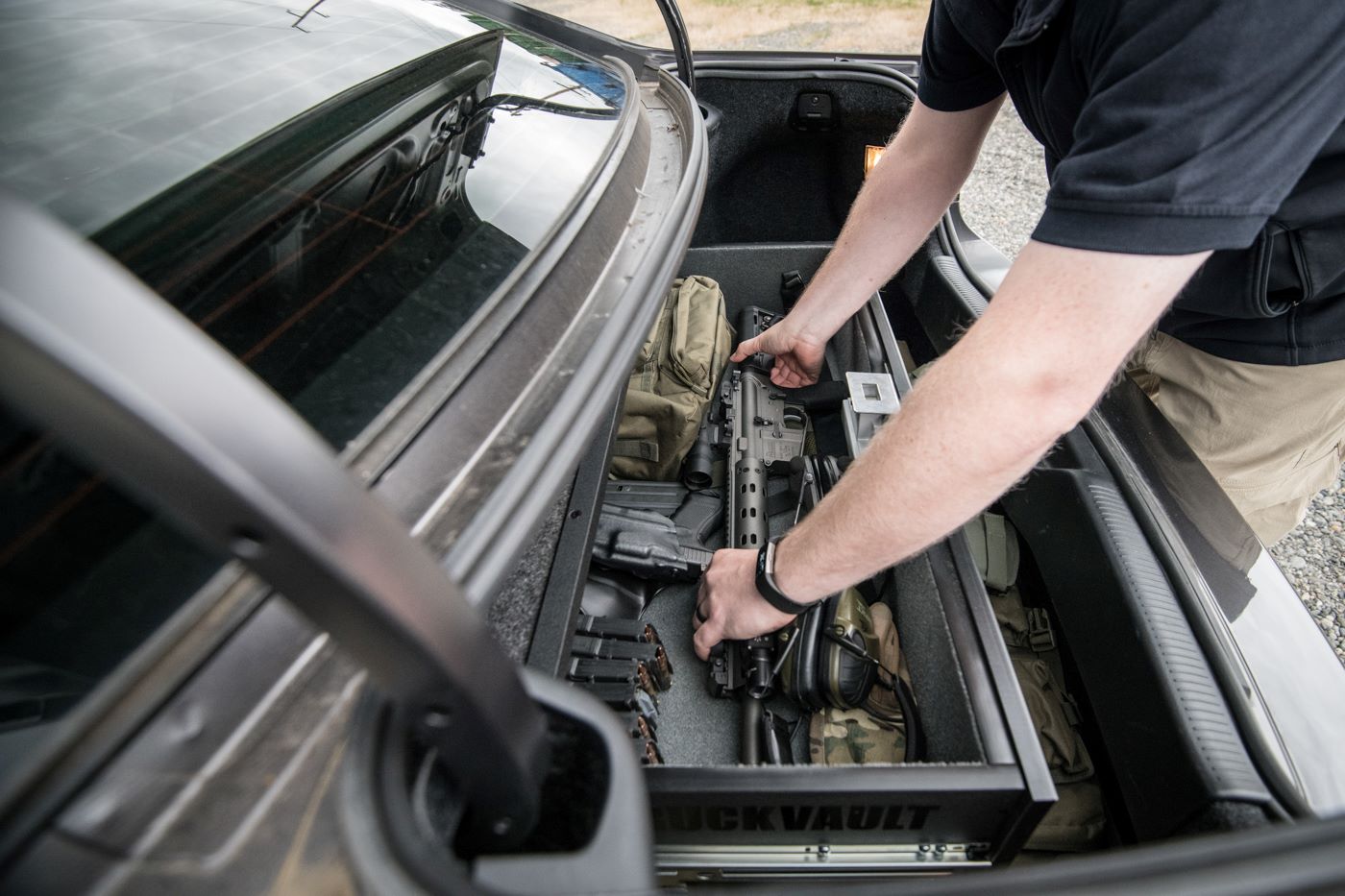
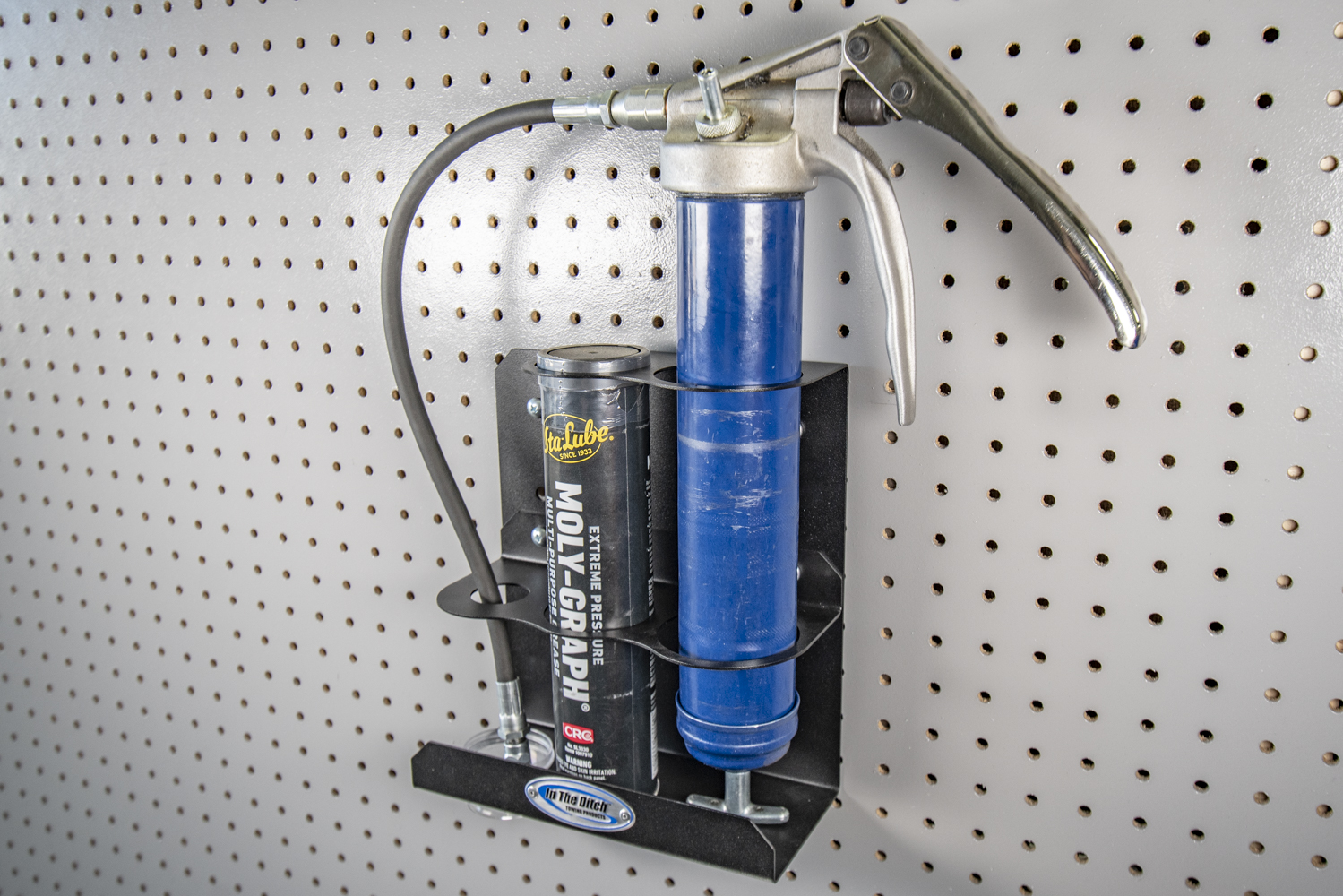
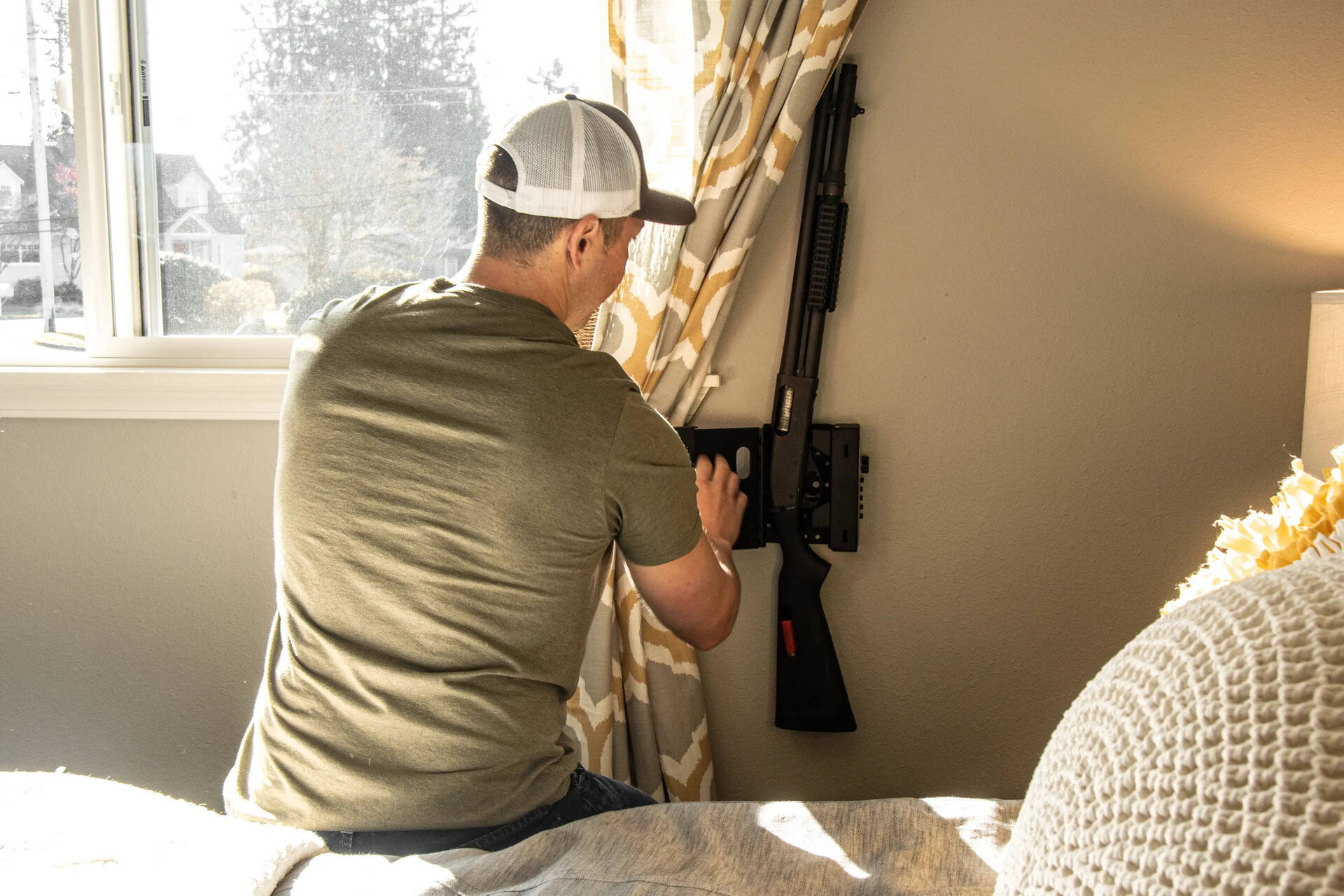
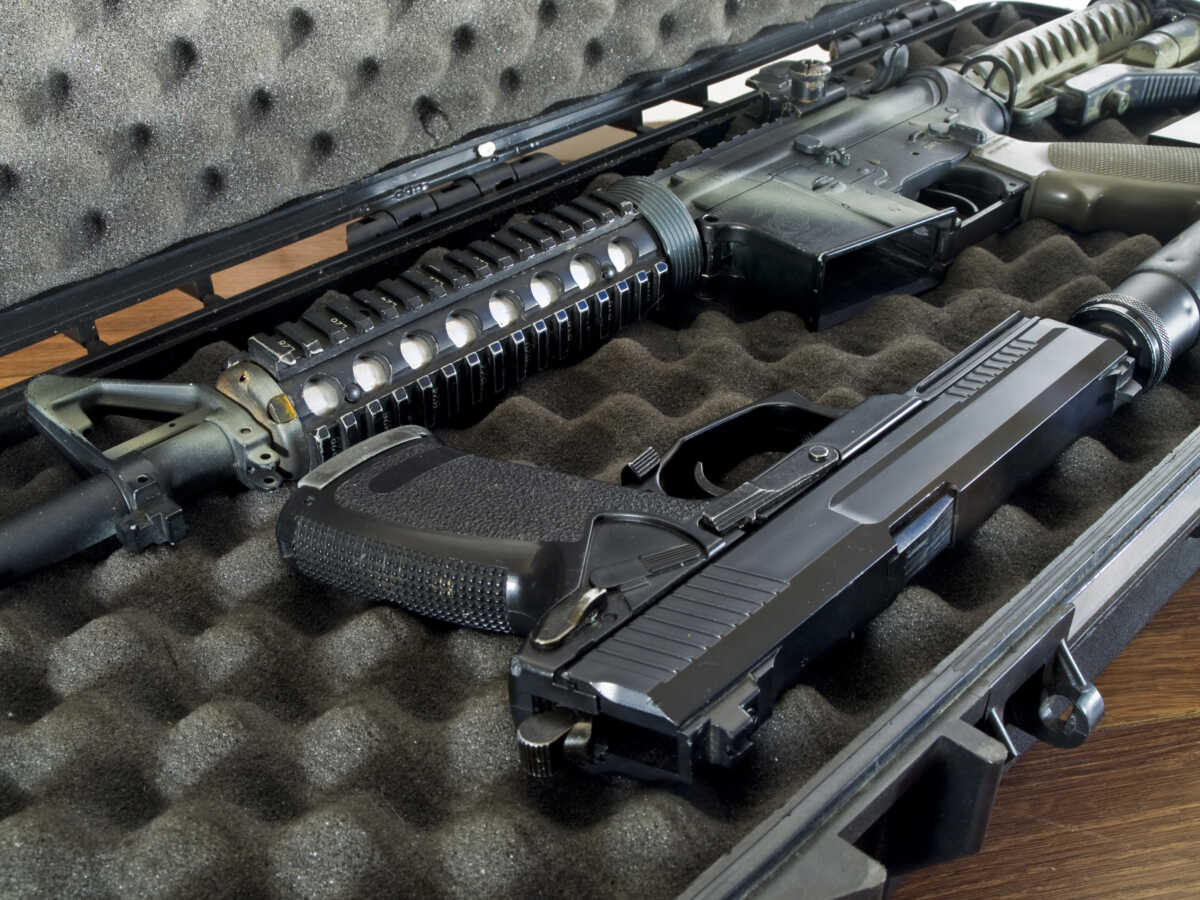
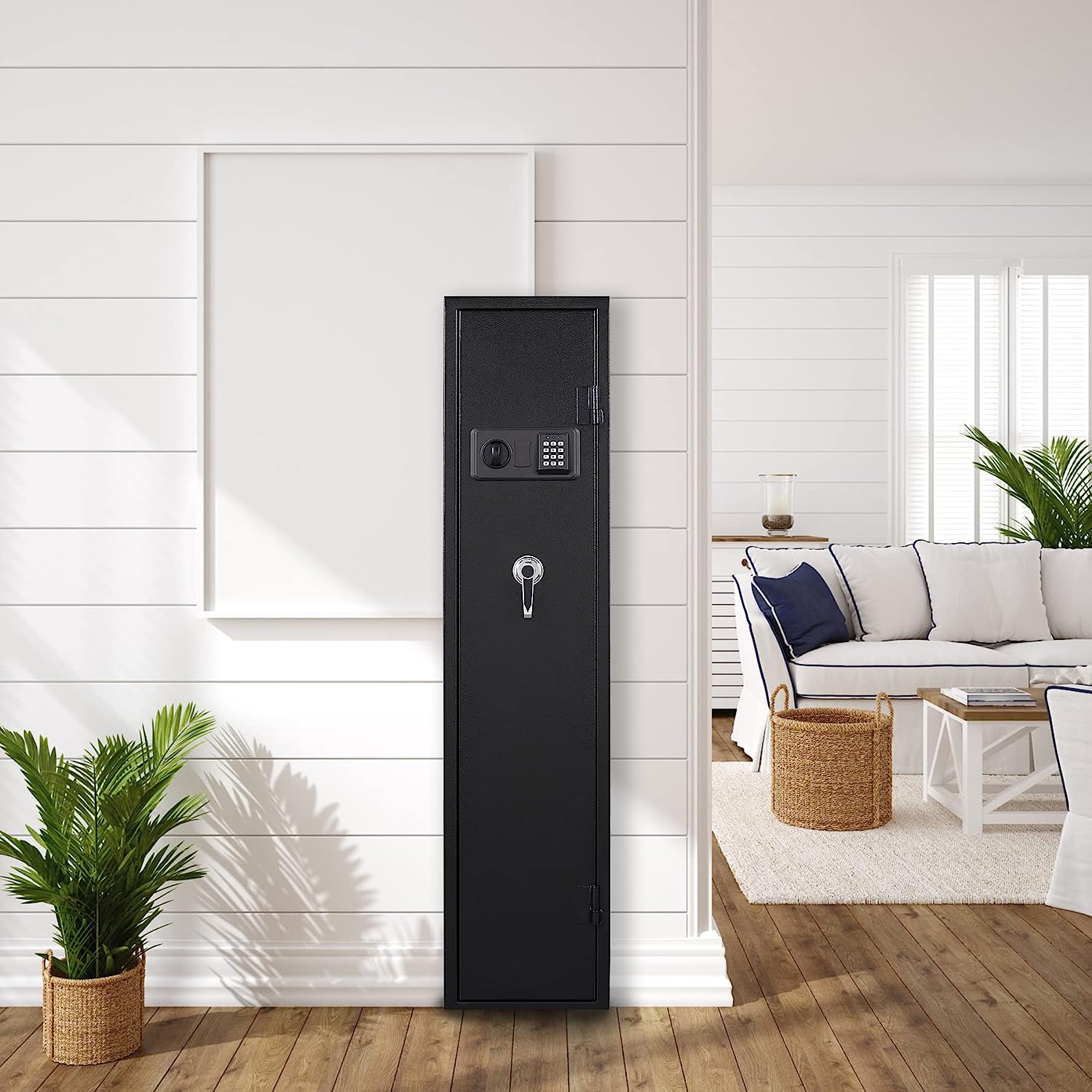
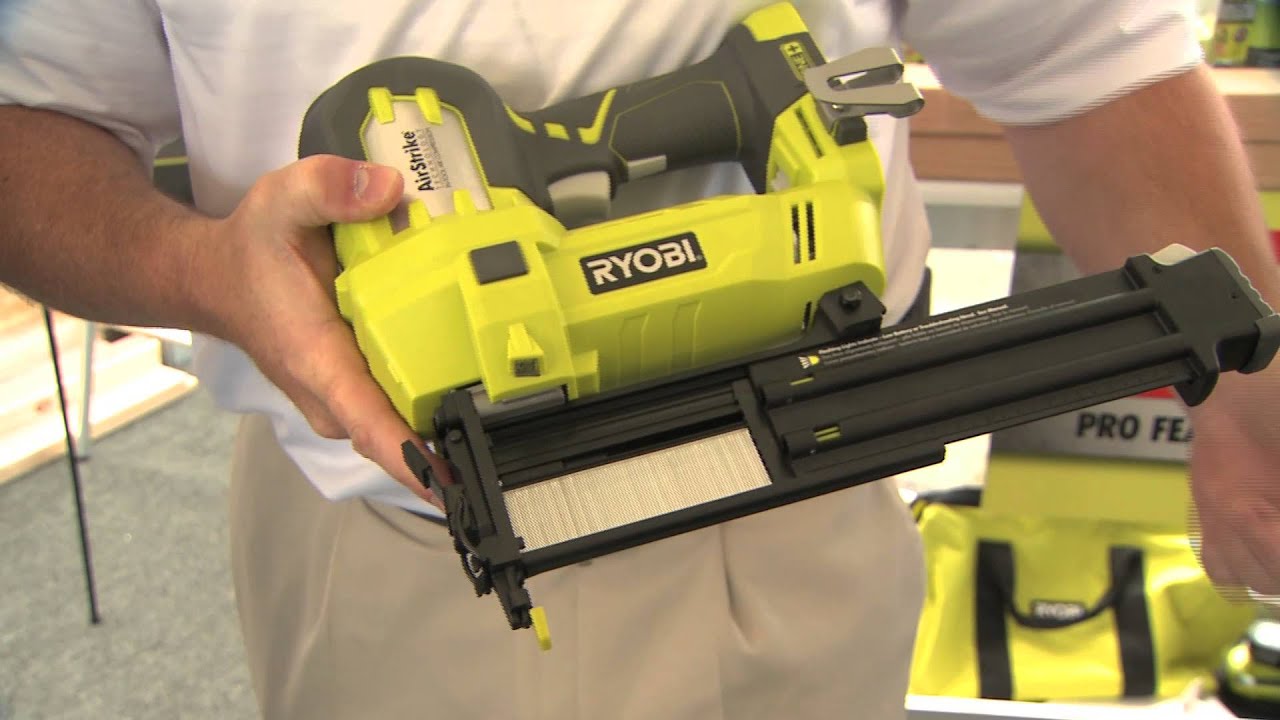
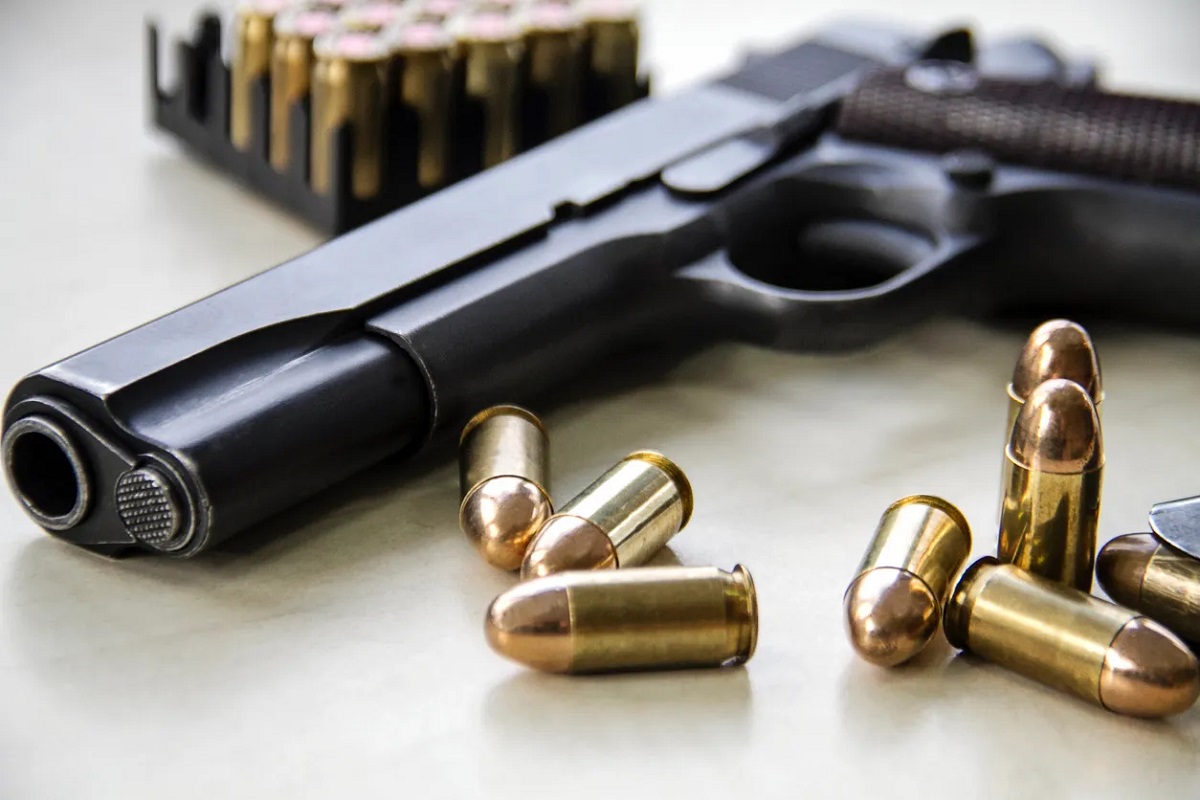

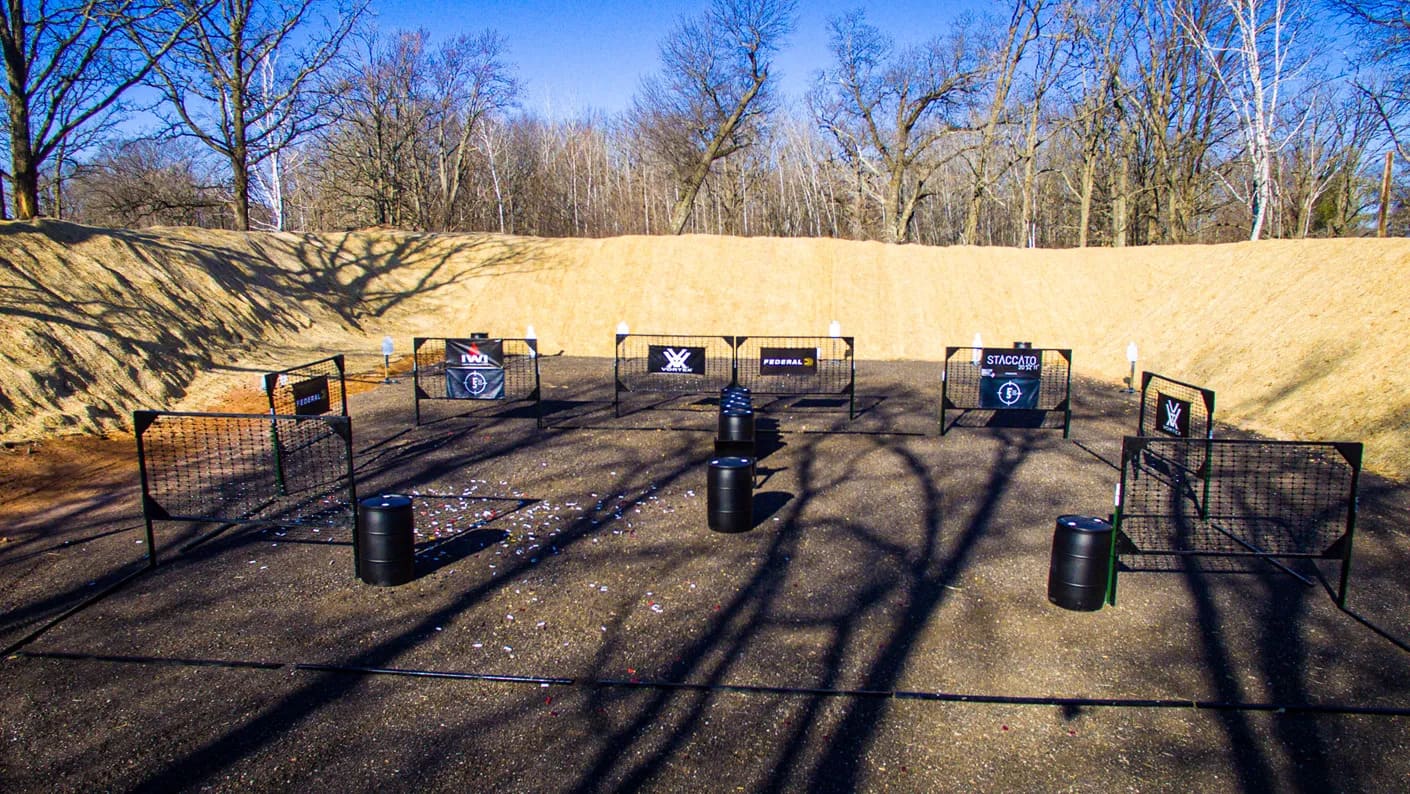
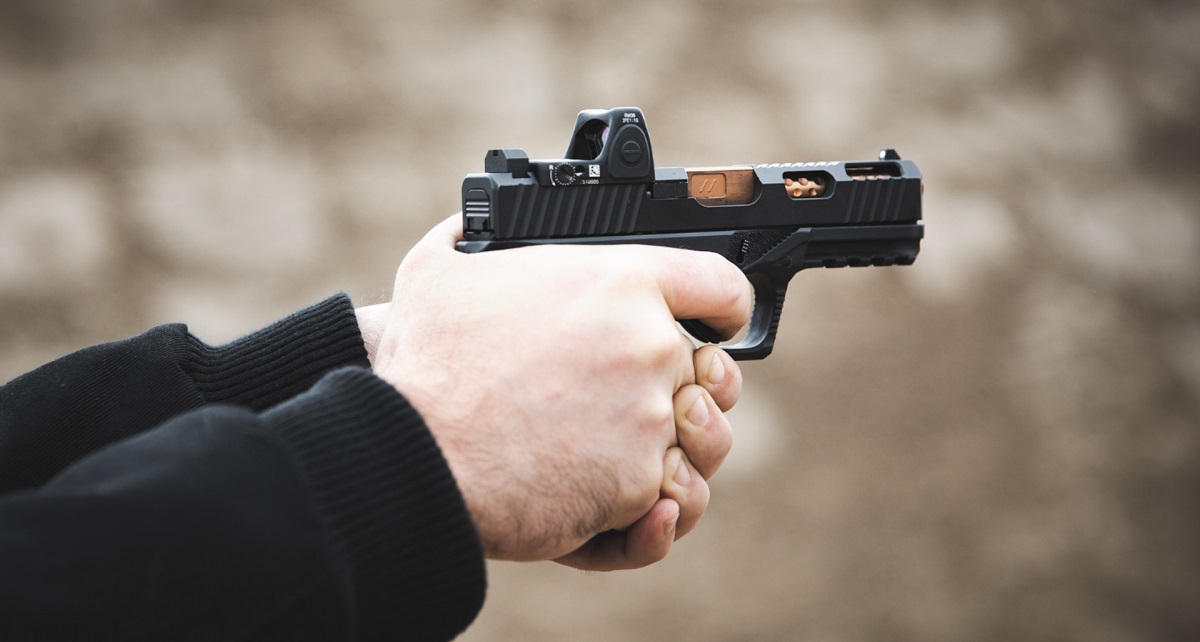
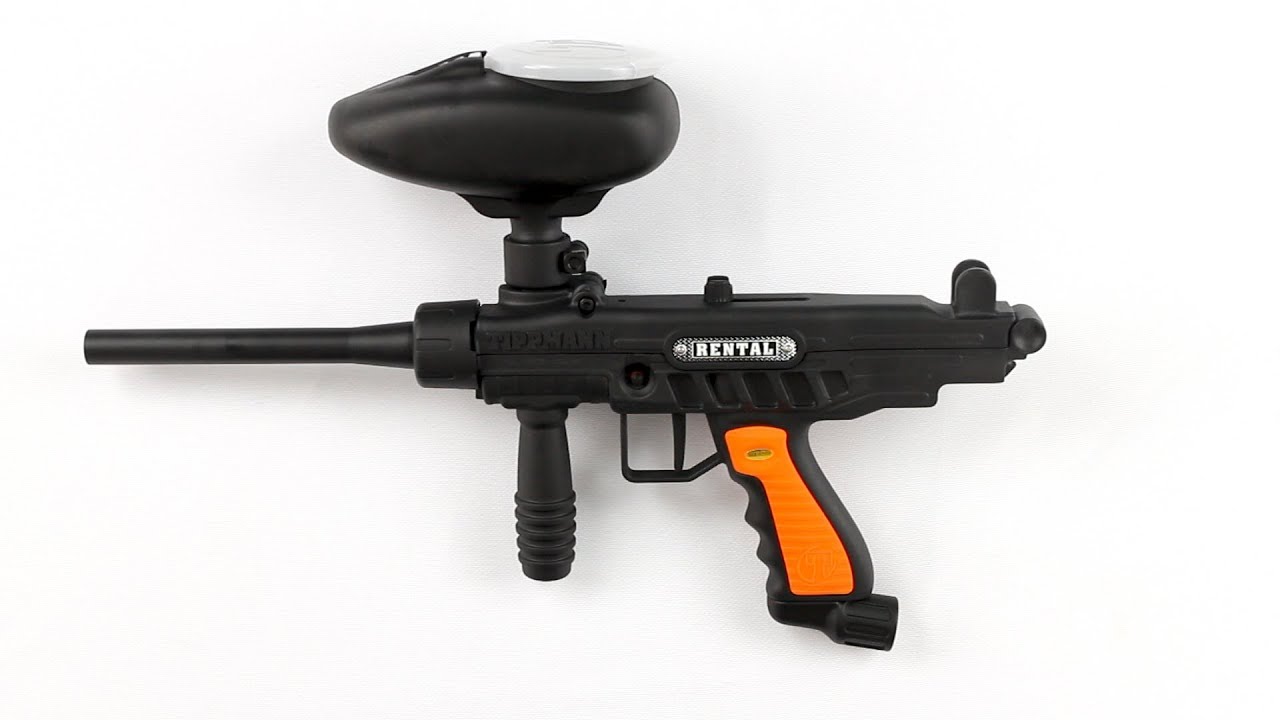
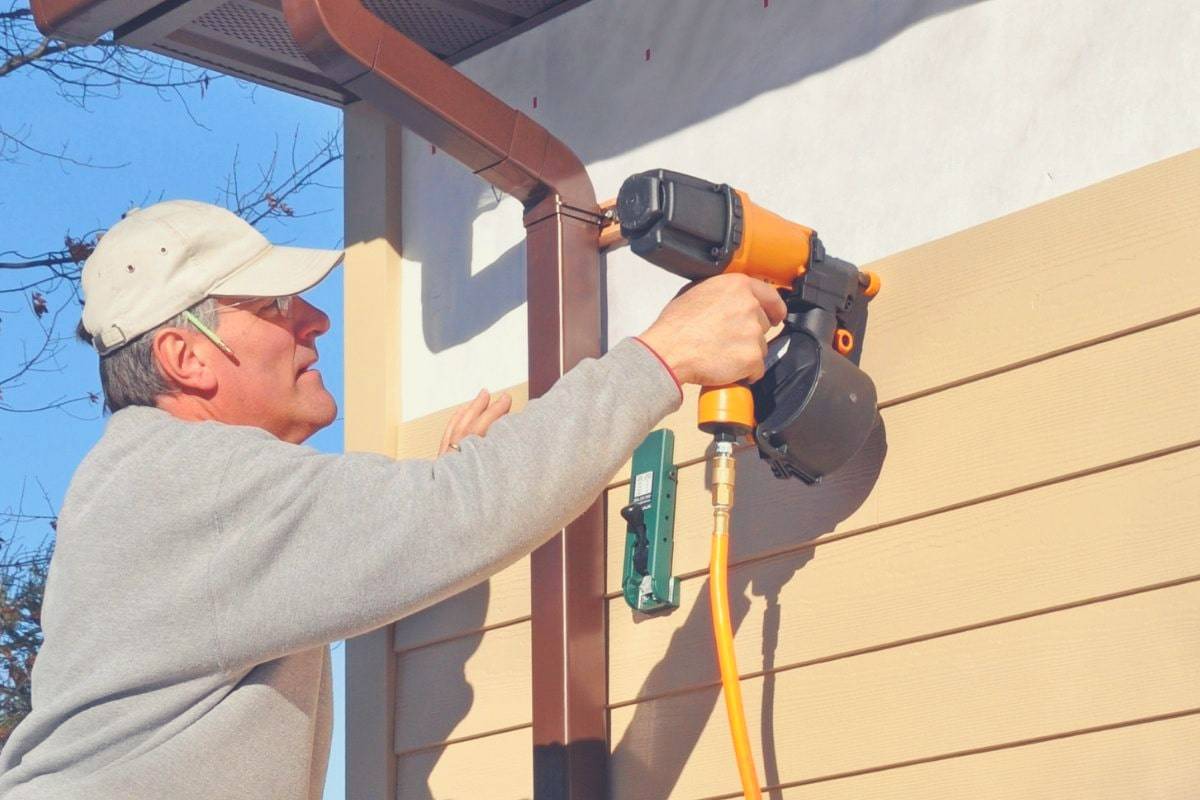
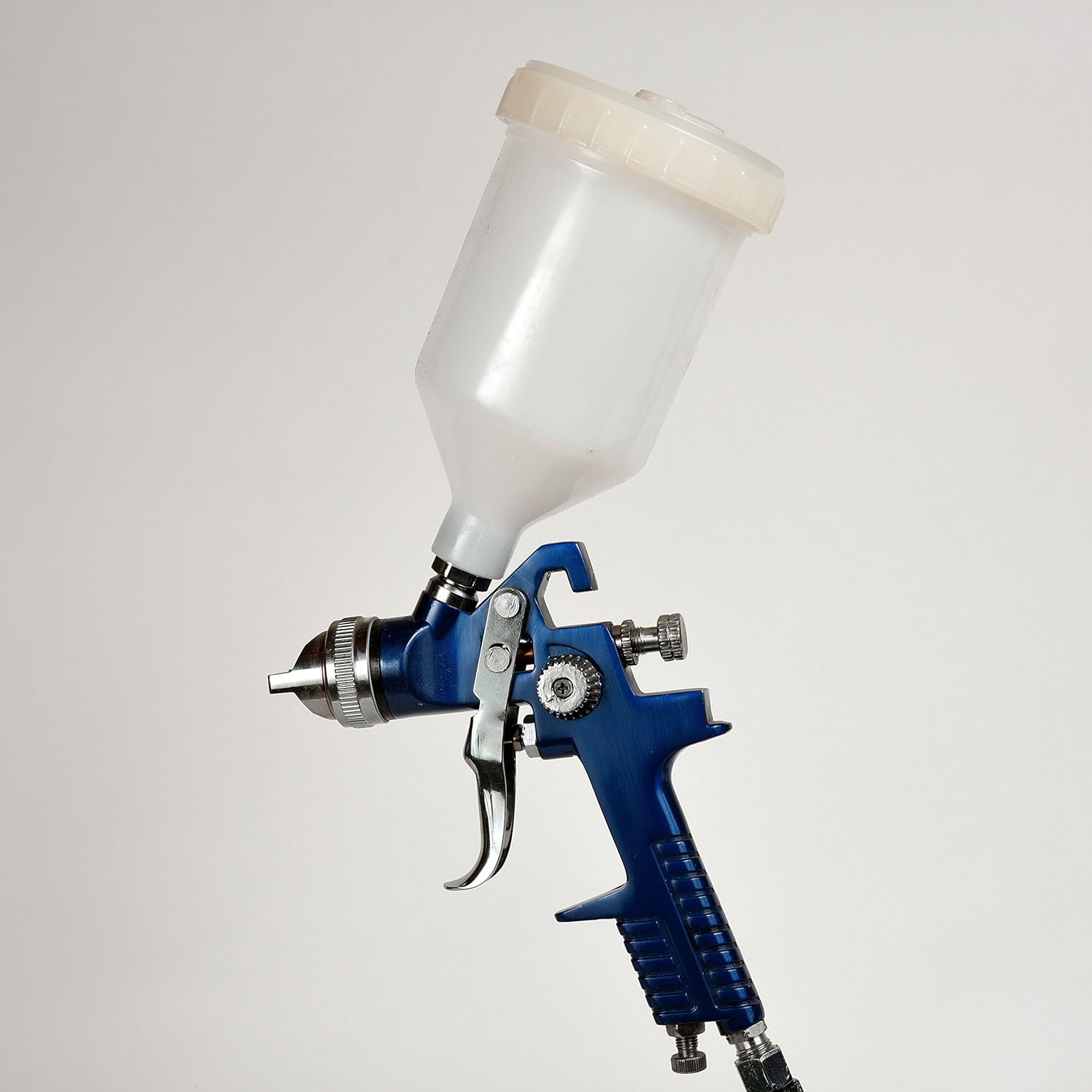

0 thoughts on “How To Store A Gun”